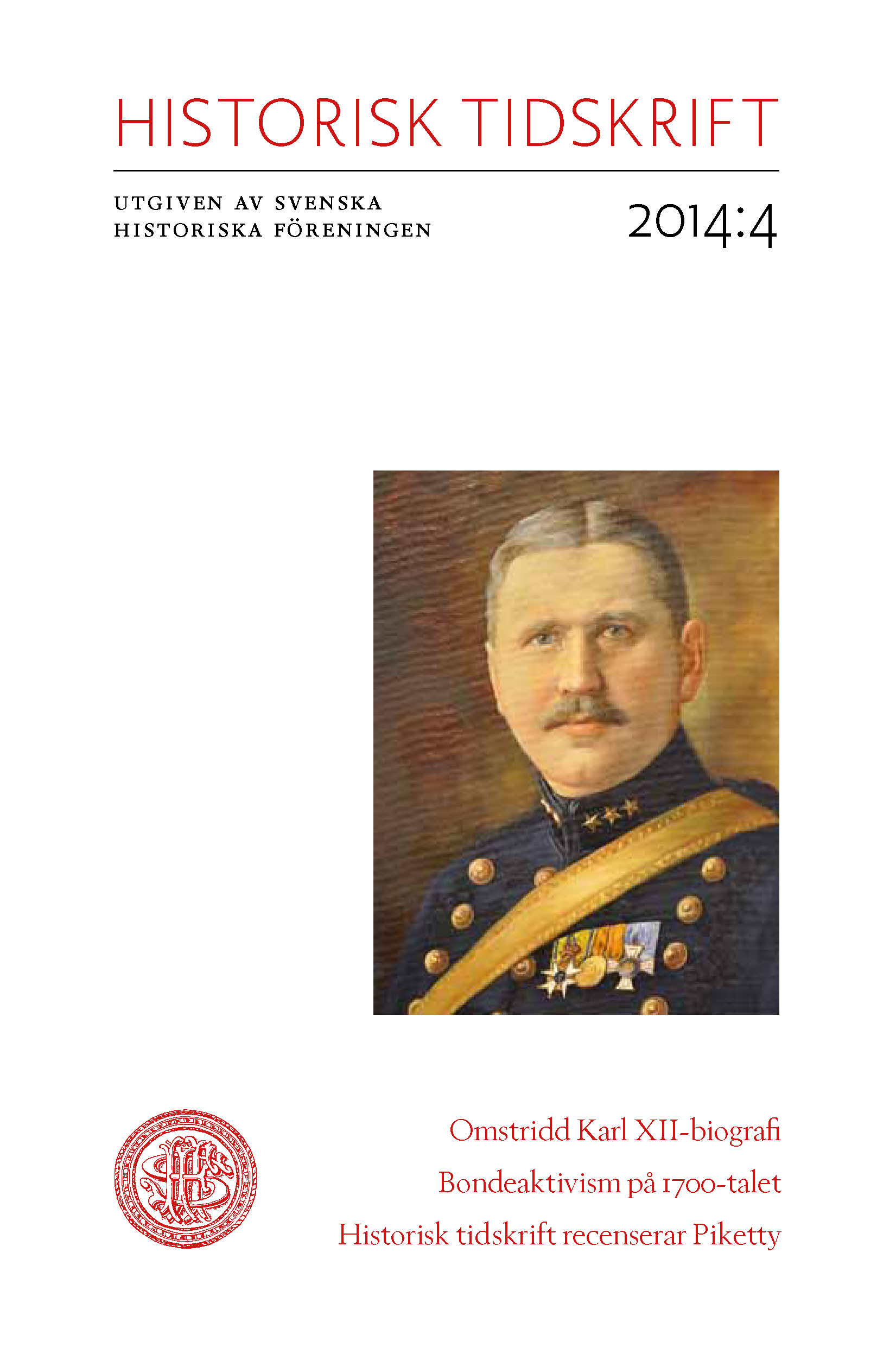Abstract
Variation and renewal: Working-class saving in Sweden 1870–1914
Probate inventories indicate that approximately 50 per cent of married workers in Swedish towns at the turn of the 20th century had financial assets and/or owned real estate. Although profligacy of course existed, workers in general seem to have been thrifty. Those without savings often had very low incomes and many dependents. Savings and the percentage of savers increased concurrently with rising real incomes and economic surpluses. Essential were also the introduction of new savings methods that led to a decreasing cost for saving. Most important were sickness and burial funds and endowment assurances. These collective solutions for saving were well suited to workers’ needs and economic capacity, and workers quickly adapted their savings habits to the new conditions. In the case of endowments, there was even a tendency that they tried to save more than they could actually afford.
The adaptation to new savings methods meant that there was a renewal of working-class saving over time. Individual savings, for example in banks, were successively replaced by collective savings. The latter totally dominated at the end of the period. The extent of the renewal varied among occupational groups and towns. Also notable was the variation between families with children and those without. The former prioritized life and endowment assurances, while the latter more often accumulated funds in bank accounts. There was also a renewal in saving motives. Precautionary saving dominated, but after the turn of the 20th century saving for old age and/or bequests became more common. However, accumulated funds were generally small and insufficient for full retirement in old age. The development of working-class saving in Sweden 1870–1914 shows many similarities with the development in Great Britain, although the former started later, and was faster and more compressed. An important explanation is that real wages rose more rapidly in Sweden than in Great Britain.

